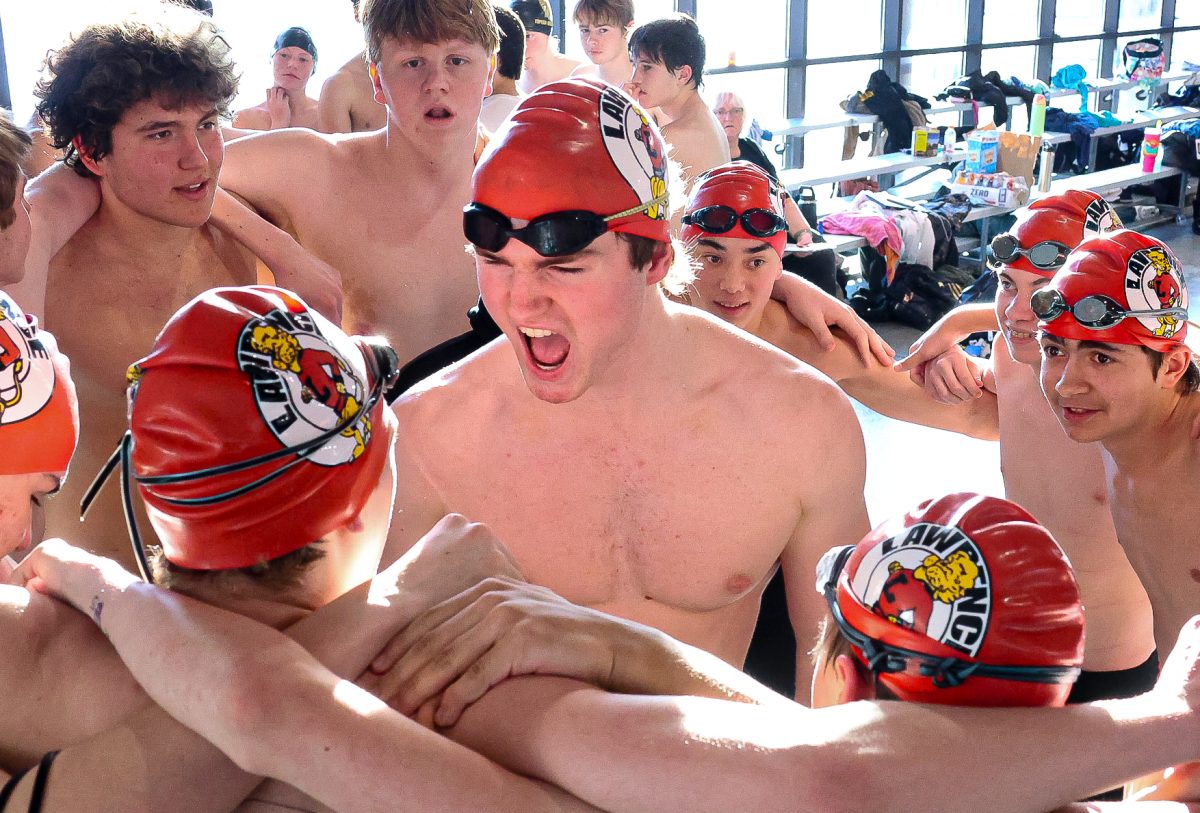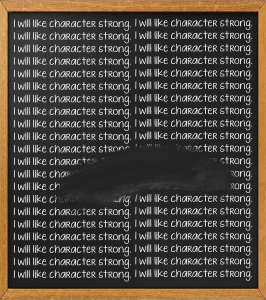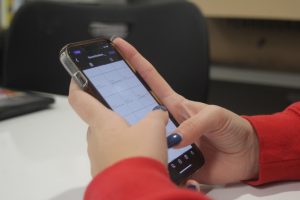Banned Books Week draws in art students
Lawrence Public Library encourages young artists to participate in contest, raise awareness for banned books
September 16, 2016
Every year since 2012, the Lawrence Public Library (LPL) has celebrated Banned Books Week. Banned Books Week is a national holiday that celebrates the freedom to read. This year, it will be celebrated from Sunday, Sept. 25 through Saturday, Oct.1.
Banned Books Week was launched in 1982 in response to a rapid increase in banned books. According to the American Library Association, as of 2014, 11,300 books have been banned, and the number is still increasing.
Some of the most recent banned books include Fifty Shades Of Grey by E.L James, Looking For Alaska by John Green and The Holy Bible. Some reasons for banning include sexually explicit content, offensive language, drugs or alcohol, and anti-family content. Even some of the most popular books, like the Harry Potter series, are banned.
Since it was founded, Banned Books Week has been engaging many communities through education of book censorship. Although there are thousands of banned books, the LPL still carries controversial books.
As a sort of protest, LPL created a banned books trading card contest. Students and adults are welcome to create a banned book trading card to increase awareness of the wrongful censorship of books. Winners of the competition will be announced at 5:00 p.m. on Friday, Sept. 23 in the library auditorium.
“Mrs. [Wendy] Vertacnik has always encouraged us to do this project, for every level of drawing,” senior Natalie Cote said. “It’s good for our imagination and it’s a great way to start off the year.”
The banned book trading card project is way for students to share their artistic abilities in the community and to help speak out against banning books. Vertacnik, the art teacher, assigns this project as a way for students to get their art out in the real world, she said.
“I assign this project to give my students the opportunity to do something outside of the art room and to have them think about how reading and writing can contribute to what they’re doing in the art room,” Vertacnik said.













